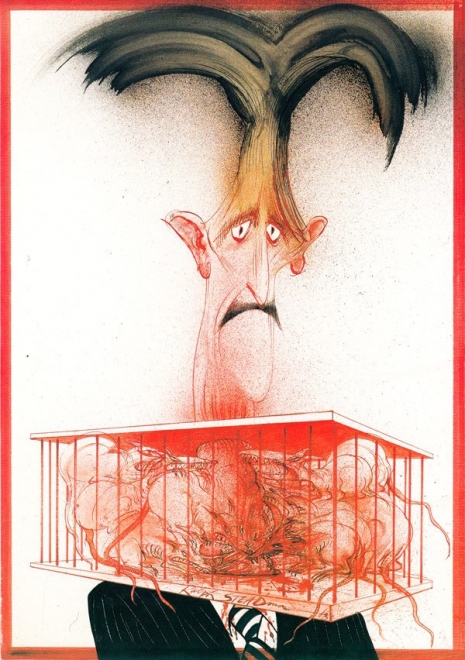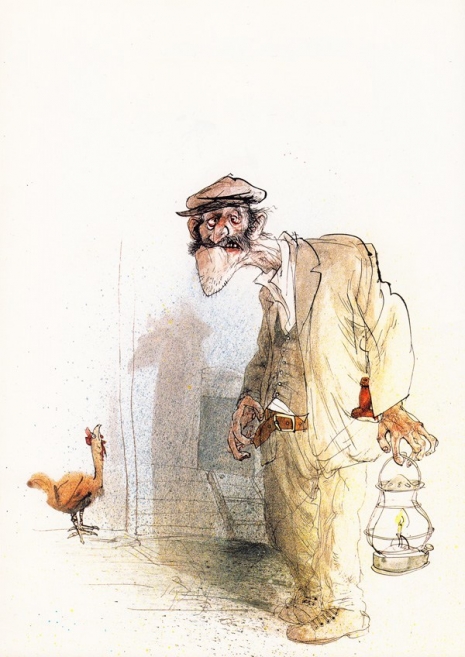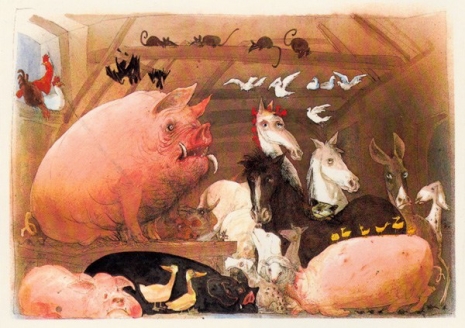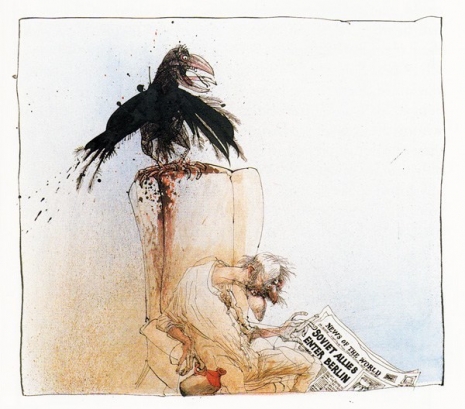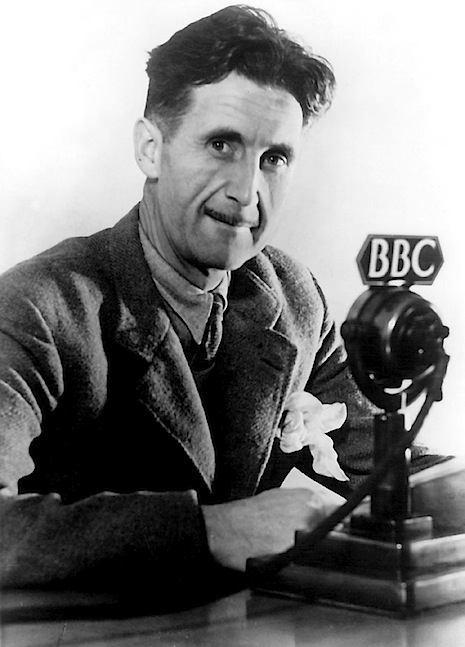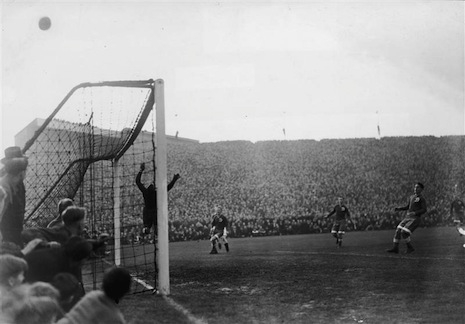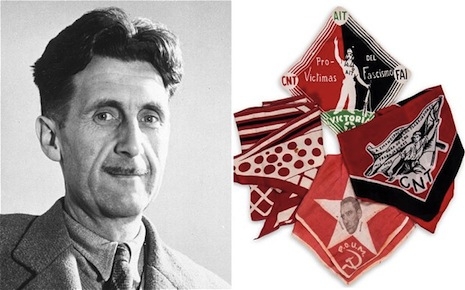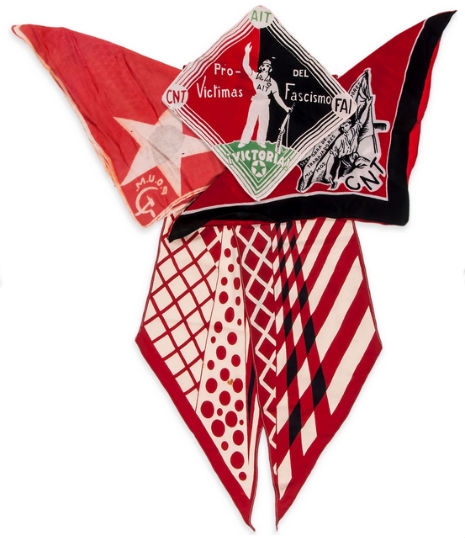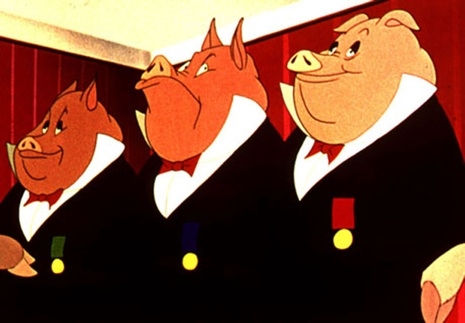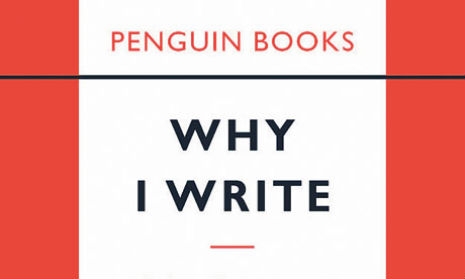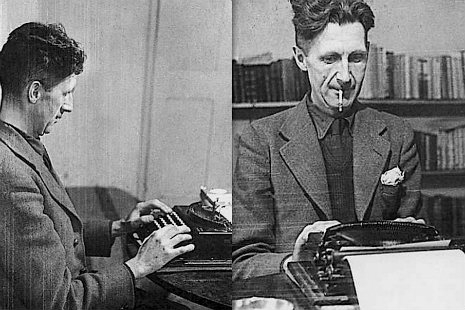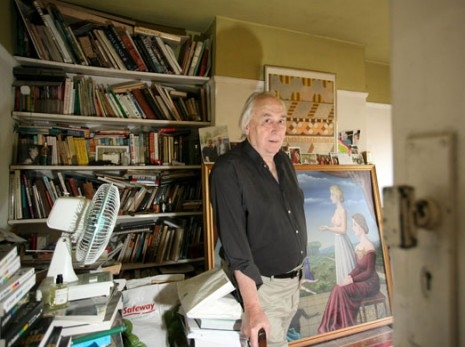
It was George Orwell who explained that “Political language. . . is designed to make lies sound truthful and murder respectable, and to give an appearance of solidity to pure wind.”
Well, there’s certainly been a lot of wind expelled by the Conservatives this week in their lap dog press.
The Daily Twaddle-graph has been putting about a bogus claim that two-thirds of British millionaires have become tax exiles because of the last Labour government’s introduction of a 50% tax on salaries over £150,000.
The paper quotes Tory MP, Harriet Baldwin who claims the 50p tax led to a “cull” of millionaires and has cost up to £7billion in lost revenue.
Since most of us have never heard of Ms. Baldwin, let me explain who she is: “the backbencher with blond hair and a brown nose,” who once presented “a magnificent display of oleaginous toadying” during prime minister’s questions when she inquired of Mr. Cameron, ‘Can I praise the prime minister’s staunch support …?’
Ms. Baldwin’s tax claims are loosely based on figures released by the UK’s HM Revenue and Customs, which apparently reveal a disparity between the number of millionaires paying tax on their incomes.
The figures show that more than 16,000 people declared an annual income of more than £1 million for the 2009-10 tax year.
But after the previous Labour government introduced the new 50 pence in the pound top rate of income tax shortly before the 2010 General Election, only 6,000 people declared an annual income of more than £1 million.
This figure has now risen to 10,000 after current Chancellor George Osborne announced in his budget speech in March 2012, there will be a reduction in the top tax rate to 45 pence commencing in April 2013.
Sniffing the whiff of a story, the Conservatives seized on this information to claim that “increasing the highest rate of tax actually led to a loss in revenues for the Government.” As the Daily Telegraph reported:
It is believed that rich Britons moved abroad or took steps to avoid paying the new levy by reducing their taxable incomes.
George Osborne, the Chancellor, announced in the Budget earlier this year that the 50p top rate will be reduced to 45p from next April.
Since the announcement, the number of people declaring annual incomes of more than £1 million has risen to 10,000.
However, the number of million-pound earners is still far below the level recorded even at the height of the recession and financial crisis.
Last night, Harriet Baldwin, the Conservative MP who uncovered the latest figures, said: “Labour’s ideological tax hike led to a tax cull of millionaires. Far from raising funds, it actually cost the UK £7 billion in lost tax revenue.
“Labour now needs to admit that their policies resulted in millionaires paying less tax and come clean about whether they would reintroduce this failed policy if they were in power.”
This is a case of 2 + 2 = 5.
Which is something we may come to expect from Harriett Baldwin who, as a novice MP, has previously been corrected on her spurious claims about workless households.
But it’s not just Baldwin, the Daily Telegraph has to take a good part of the blame for printing such a “bizarre”, “bogus” and misleading story.
As Richard Murphy, at Tax Research, points out that although there was indeed 16,000 millionaires in 2009-2010, and only 6,000 a year later, this is because:
...£18 billion of income was ‘forestalled’ from 2010-11 unto 2009-10 to avoid the 50p income tax rate. That meant income was simply shifted from the later year into the earlier year to get round the additional tax charge.
In round sums the above data shows those earning more than £150,000 paid tax of £33 billion in 2010-11, implying taxable income of about £88 billion, based on the data (not all will be taxed at 50%, of course).
The previous year the income of those earning over £150,000 was about £121 billion.
Forestalling would explain maybe £18 billion of this change. Even the Treasury agreed that. But remember that means an adjustment is needed to both years. In other words 2009-10 was overstated by £18 billion. It should have been £103 billion as a result. And 2010-11 was understated by £18 billion. It should have been £106 billion after the forestalling effect was removed.
So there was actually an increase in income in 2010-11 for those earning over £150,000 but for a massive and one off exercise in tax avoidance. And there was no impact at all of people leaving the country.
And the Telegraph story is utterly bogus.
The Tory government was aware of this forestalling on the £18 billion of income, and as far back as March 2012, Faisal Islam explained this in his his report on George Osborne’s budget speech for Channel 4 News:
Here’s an amazing fact. Apart from the leap in the personal tax allowance, what was the largest annual tax cut today? Expected tax avoidance this year.
In fact you may have missed the mini fiscal stimulus at the heart of this Budget. There will be a £3bn fiscal loosening over the next year, followed by a £3bn tightening in the following years. What may be surprising is that this is almost entirely caused by £2.4bn of tax avoidance from Britain’s rich this year, that is then unwound in later years. Yes, this is the OBR’s expectation in this financial year that the rich will not pay out £6.5bn of dividends and bonuses in this tax year, but shift it into April 2013 when it attracts the 45p tax rate. Perfectly legal.
This follows on from that truly amazing staistic that I revealed on Channel 4 News on Monday. The Chancellor confirmed in his speech that Britain’s rich moved a staggering £16bn of dividends and bonuses. The HMRC report says £16-£18bn. My report on Monday put this “forestalling” at £18-20bn.
So the fact remains that the decision on the 50p rate was made on the basis of one year’s highly distorted data. Now the chancellor’s take on this was that avoidance at this level shows that the tax didn’t work. But what he didn’t say was that the forestalling effect was a one-off. The HMRC report does try to strip out the impact of forestalling and analyse other “behavioural impacts”.
Harriet Baldwin’s comments are not only misleading they are actually false.
There has been no “cull” of millionaires.
Two-thirds of British millionaires have not become “tax exiles.”
It is in fact - shock horror - Harriet’s party, the Conservatives who are helping Britain’s millionaires avoid tax, by allowing them to forestall until the 45p tax rate arrives in 2013.
This means the any lost tax is solely down to the forestalling of taxes due on £18-£20 billion.
So, it the Tories’ “policies resulted in millionaires paying less tax” NOT Labour’s 50p tax rate.
Worse, while the Tories allow their rich chums to forestall on paying the correct rate on tax, they are brutally cutting financial support to essential welfare services.
All of this tax avoidance may be legal but it hardly sits with Cameron’s view of “Big Society”, and his hopes to make “poverty history.” Well he’s certainly a long way from ever achieving this fantasy, when he supports tax cuts for the rich and welfare cuts for the poor.
Let’s not forget as the Guardian has pointed out, Cameron has already sanctioned a series of £20 billion welfare cuts by 2014 that will, according to the Institute for Fiscal Studies:
...throw 80,000 children back into poverty each year, or 300,000 over the lifetime of the parliament. The Department for Work and Pensions puts the number of children currently in poverty at 27%, or 3.6 million children, two thirds of them living in working families; by 2020 it will be 4.2 million.
...
The IMF global outlook reported [in October] that for every pound that is cut, GDP will contract by up to £1.70. The Joseph Rowntree Foundation says the annual cost to the UK’s GDP of child poverty is £25bn, while only £200m will be saved by limiting child benefit to two children. If it sounds like madness, it is.
If the Tory press has to stoop to publishing “bizarre” and “bogus” stories to convince the public that the Rich should not be taxed, then the Conservatives are not only morally bankrupt, they are NOT fit to govern any country. And that’s the real story the Daily Telegraph should have published.
Illustration (and inspiration for headline) by Alan Rogerson.
You can see and buy more of Alan’s excellent work at his site Baggelboy.
